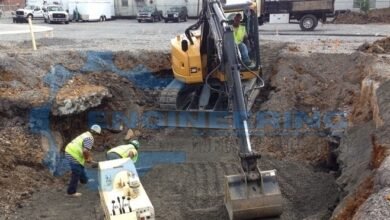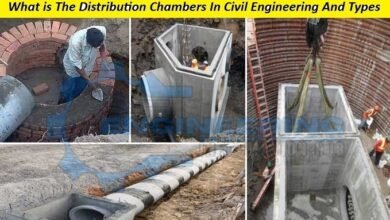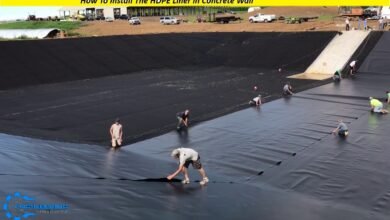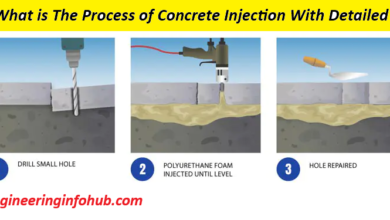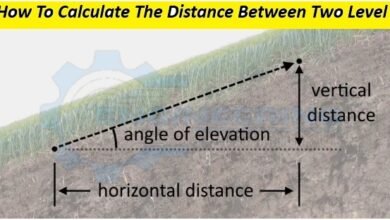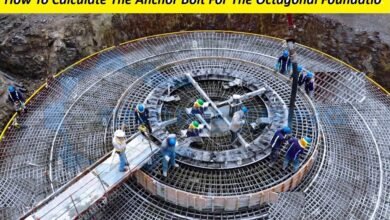Method of Dewatering In The Civil Engineering
Method of Dewatering in Civil Engineering |Introduction of Dewatering in Civil Engineering |Technical Procedure of Dewatering |Challenges/Problems Facing in Dewatering
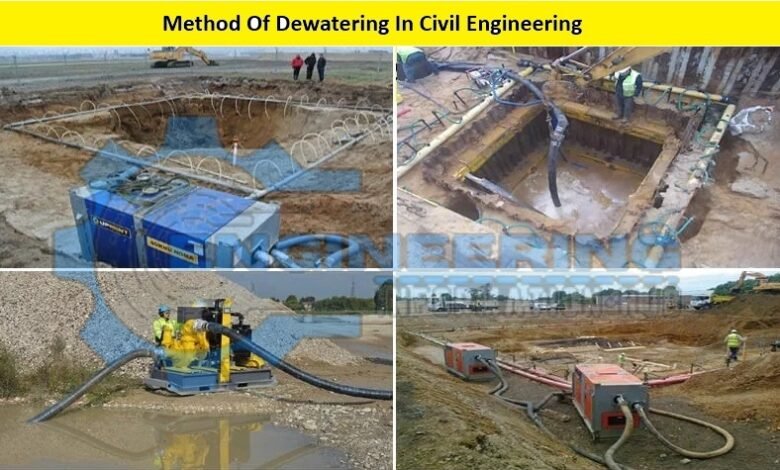
Method of Dewatering In The Civil Engineering
In This article, I will explain the dewatering in civil engineering. Dewatering stands as a critical process in civil engineering, indispensable in numerous construction projects, from excavations and tunneling to bridge foundations and waterfront developments. In this process remove the water from underground to all foundation or construction areas to the outside then we construct the all over building or any foundation easily. Method of Dewatering in The Civil Engineering
Introduction of Dewatering in Civil Engineering
Dewatering stands as a critical process in civil engineering, indispensable in numerous construction projects, from excavations and tunneling to bridge foundations and waterfront developments. It involves the removal of groundwater or surface water from a construction site to create a dry working environment, ensuring safety, stability, and efficiency. In this process remove the water from underground to all foundation or construction areas to the outside then we construct the all over building or any foundation easily. Method of Dewatering in Civil Engineering
Dewatering System
Dewatering primarily addresses the control and removal of groundwater to lower the water table and stabilize the soil, allowing construction activities to proceed smoothly. The need for dewatering arises in projects situated below the groundwater level or in areas with high water tables. Failure to manage groundwater can lead to a range of issues, including instability, erosion, and compromised structural integrity.
Technical Procedure of Dewatering
The different procedure or types of dewatering is mentioned below., each tailored to suit specific project requirements and site conditions.
- Wellpoint Systems: Wellpoint systems involve the installation of shallow wells equipped with suction pumps to lower the water table in permeable soils. This method is effective in cohesive soils and is widely used in excavations for basements, pipelines, and foundations.
- Deep Well Systems: Deep well systems utilize boreholes equipped with submersible pumps to draw water from deeper strata, ideal for projects where the water table is significant or the soil is highly permeable. This technique is commonly employed in large-scale construction projects and mine dewatering.
- Sumping: Sumping involves the use of sumps or collection pits strategically placed within the construction area to collect and remove groundwater. Pumps are then utilized to discharge the accumulated water to an appropriate location, such as a drainage system or a nearby water body.
- Open Ditches and Drains: In situations where surface water is the primary concern, open ditches and drains are employed to redirect water away from the construction site. This method is effective in flat terrain or areas prone to flooding, helping to mitigate the risk of inundation.
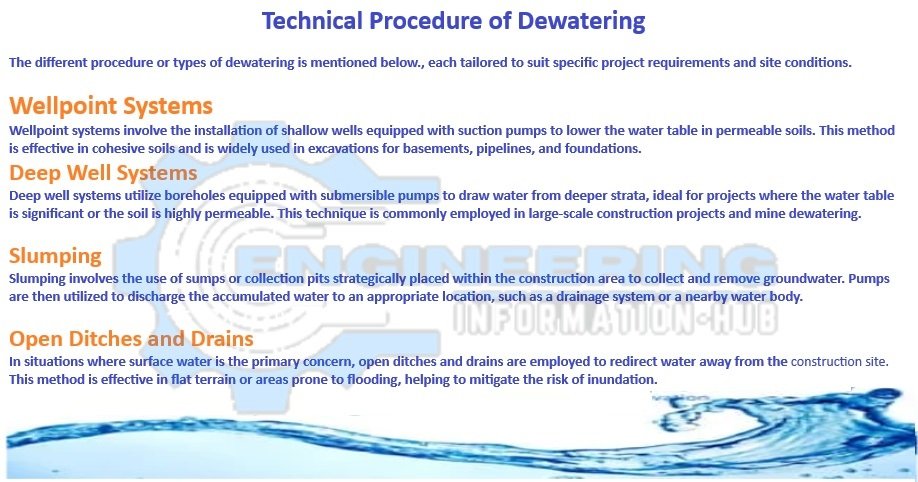
Challenges/Problems Facing in Dewatering
Despite its significance, dewatering poses several challenges that engineers must address to ensure its success.
- Environmental Impact: Dewatering activities can potentially impact the surrounding environment by altering groundwater flow patterns, depleting local aquifers, or discharging contaminated water into natural water bodies. Implementing proper environmental management practices is essential to minimize these adverse effects.
- Ground Settlement: Excessive dewatering can lead to ground settlement, especially in loose or compressible soils, compromising the stability of adjacent structures and infrastructure. Engineers must carefully monitor groundwater levels and implement measures to mitigate settlement risks, such as wellpoint spacing and dewatering rate control.
- Cost and Time Constraints: Dewatering operations entail significant costs, including equipment rental, energy consumption, and maintenance expenses. Moreover, delays in dewatering activities can prolong construction schedules, resulting in additional costs and contractual disputes. Effective planning and coordination are crucial to optimize dewatering processes and minimize financial implications.

Best precaution/Procedure in Dewatering
To overcome the challenges associated with dewatering, engineers can adopt several best practices:
- Site Characterization: Thorough site characterization, including geological surveys, hydrogeological assessments, and soil testing, is essential to understand groundwater conditions and anticipate potential dewatering challenges. This information guides the selection of appropriate dewatering techniques and ensures optimal project planning.
- Groundwater Modeling: Utilizing advanced groundwater modeling software enables engineers to simulate dewatering scenarios, predict groundwater behavior, and optimize dewatering system design. Engineers can minimize environmental impacts and mitigate risks by accurately assessing groundwater flow dynamics.
- Monitoring and Management: Continuous monitoring of groundwater levels, flow rates, and water quality parameters is vital throughout dewatering. Implementing automated monitoring systems allows for real-time data collection and enables prompt adjustments to dewatering operations in response to changing conditions.
- Sustainable Practices: Embracing sustainable dewatering practices like water reuse and treatment promotes environmental stewardship and resource conservation. Employing innovative technologies, such as sedimentation tanks, filtration systems, and chemical treatments, facilitates the responsible management of dewatering effluents.

Dewatering is the main cornerstone of civil engineering, facilitating the execution of construction projects in challenging hydrogeological settings. By employing advanced techniques, addressing inherent challenges, and adhering to best practices, engineers can effectively manage groundwater and ensure the success of dewatering endeavors. As the demand for infrastructure development continues to rise, mastering the art of dewatering is paramount to sustainable and resilient construction practices.
Read More
-
Design The heavy-load RCC Column
-
How To Calculate The Estimate of Building Construction
-
The Strength And The Versatility of Stone Columns In Civil Engineering


